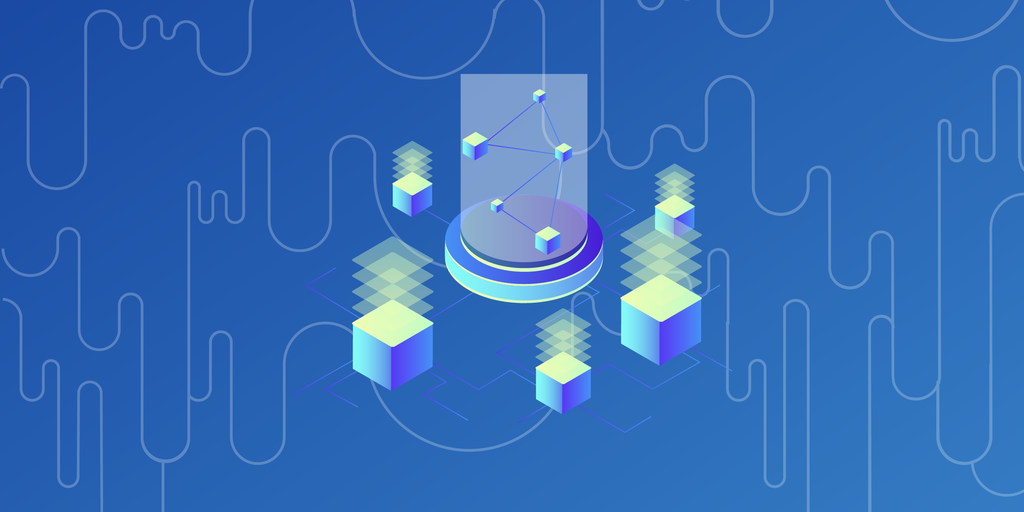
Blockchain technology has revolutionized the digital world, and at the core of this innovation lies the concept of layer-1 blockchains. As the backbone of decentralized systems like Bitcoin, Ethereum, Solana, and Cardano, layer-1 blockchains serve as the primary networks where transactions are validated, recorded, and finalized.
What is a Layer-1 Blockchain?
A layer-1 blockchain, often referred to as the mainnet or settlement layer, is the foundational network in a blockchain ecosystem. Unlike layer-2 solutions which enhance the scalability of these systems, layer-1 blockchains operate independently. They set their own rules, secure the network through consensus mechanisms, and issue native tokens while maintaining a transparent and immutable ledger.
Networks like Bitcoin and Ethereum exemplify the power of layer-1 blockchains, which are responsible for processing transactions, achieving consensus, and storing data. This foundational layer forms the basis for all other blockchain layers, including sidechains and layer-2 solutions.
Key Components of Layer-1 Blockchains
Every layer-1 blockchain consists of several core components that ensure the network is functional, secure, and efficient:
- Network Nodes: These nodes validate and propagate transactions across the network.
- Consensus Mechanisms: These define how the network achieves agreement on the state of the blockchain. Popular mechanisms include Proof of Work (PoW), Proof of Stake (PoS), and more innovative solutions like Solana’s Proof of History.
- Native Tokens: Layer-1 blockchains issue native cryptocurrencies that fuel network operations, such as Bitcoin (BTC) and Ethereum’s Ether (ETH).
Consensus Mechanisms Explained
Consensus mechanisms are at the heart of blockchain functionality, determining how transactions are verified and added to the ledger. Some major consensus mechanisms include:
- Proof of Work (PoW): Used by Bitcoin, PoW emphasizes security and decentralization but is energy-intensive, processing approximately 7 transactions per second (TPS).
- Proof of Stake (PoS): Adopted by Ethereum after its 2022 merge, PoS reduces energy consumption by over 99% and supports scalability.
- Proof of History (PoH): Solana combines PoH with PoS to achieve sub-second transaction speeds while keeping fees minimal.
- Ouroboros PoS: Cardano’s innovative PoS variant focuses on formal verification and separating settlement from computation layers.
- Avalanche Consensus: Avalanche uses probabilistic sampling for rapid consensus, supporting customizable subnets for app-specific chains.
The Blockchain Trilemma
One ongoing challenge for developers is solving the blockchain trilemma, which refers to the difficulty of simultaneously achieving maximum decentralization, scalability, and security. For instance, Bitcoin prioritizes decentralization and security, while networks like Solana emphasize scalability and speed without compromising too much on other areas.
Applications of Layer-1 Blockchains
Layer-1 blockchains power the most significant innovations in Web3, including:
- Decentralized Finance (DeFi): Platforms like Ethereum enable lending, exchanges, and the creation of stablecoins through smart contracts.
- NFTs and Gaming: Solana and Ethereum support non-fungible tokens (NFTs), empowering digital ownership and gaming ecosystems.
- Supply Chain Transparency: Blockchain technology ensures accountability and efficiency in supply chain systems.
- Tokenization of Real-World Assets: Real estate, art, and other physical assets can be tokenized on blockchains, increasing accessibility and transparency.
The Future of Blockchain Technology
Even as layer-2 solutions like rollups and sidechains help enhance blockchain scalability, layer-1 blockchains remain the source of truth for the decentralized web. With ongoing advancements, such as Ethereum’s Interoperability Layer, the future of blockchain technology is geared toward quantum-resistant architectures and modular systems. These innovations not only reduce energy usage but also promise to transform industries beyond finance, such as healthcare, logistics, and art.
Enhance Your Crypto Knowledge
Want to dive deeper into the world of crypto? Explore online learning platforms like Ledger Academy, where you can earn certifications and enhance your blockchain expertise. Or, for crypto enthusiasts looking for secure storage solutions, check out the Ledger Nano X hardware wallet—a perfect way to protect your digital assets.
Layer-1 blockchains form the infrastructure of a decentralized, transparent future. Understanding them is key to unlocking the full potential of blockchain technology.



